MU Law Poll: Pres. Trump's job performance approval holds steady at 41% in WI
MILWAUKEE -- The latest Marquette University Law School Poll was released on Wednesday afternoon, June 28th -- and says President Donald Trump's job performance approval in Wisconsin is at 41 percent -- the same as it was in March.
According to the poll, 51 percent disapprove of the president -- and seven percent have no opinion. In March, it was 47 percent disapproval and 11 percent with no opinion.
The president's support is strongest in the Green Bay area (51 percent approve). He also has strong support in the north and west parts of Wisconsin (47 percent approve). In the City of Milwaukee, Pres. Trump has just 14 percent approval. Outside of Milwaukee, he is seeing 45 percent approval. The president has 30 percent approval in the Madison area.
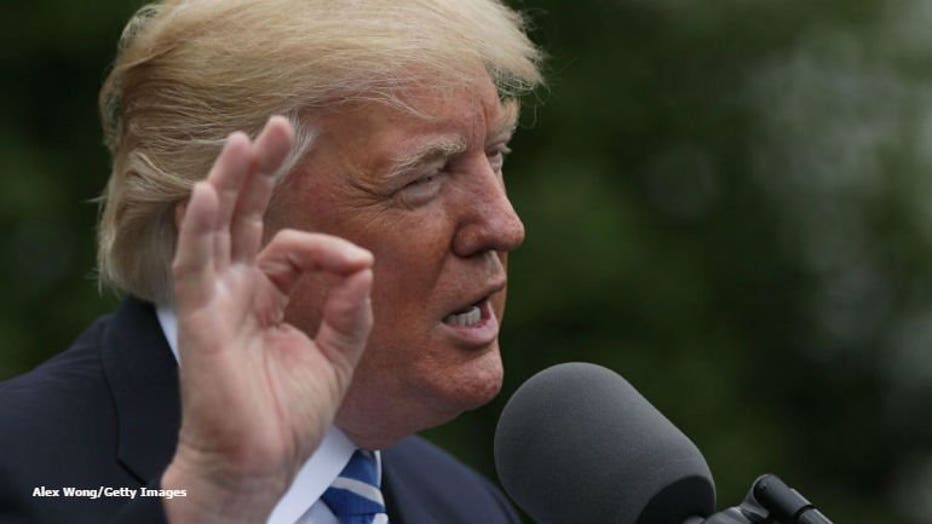
WASHINGTON, DC - MAY 01: (AFP-OUT) U.S. President Donald Trump speaks at an event with the Independent Community Bankers Association in the Kennedy Garden of the White House May 1, 2017 in Washington, DC. (Photo by Alex Wong/Getty Images)
The rest of the results from the Marquette University Law School Poll are as follows:
Health care law
Asked what they would like to see Congress do about the 2010 health care reform law, 6 percent favor keeping the law as it is, 54 percent would keep and improve it, 27 percent favor repealing and replacing the law and 7 percent would repeal and not replace the law. These responses are virtually identical to the results in March, when 6 percent would keep the law, 54 percent would keep and improve it, 28 percent favored repeal and replace and 8 percent wanted to repeal and not replace the law.
While details of a replacement for the 2010 health care reform law are currently being debated, 49 percent of respondents think a replacement law will decrease the number of people who have health insurance, 23 percent think the number of insured will not change and 20 percent think a replacement law will increase the number of insured people. That is little changed from March, before the House of Representatives passed its health care bill, when 49 percent thought a replacement would reduce coverage, 25 percent thought coverage would not change and 18 percent thought more people would be covered.
Forty-seven percent think a health care replacement bill will increase the cost of health insurance, 17 percent think the cost will not change and 29 percent think costs will decrease under a replacement bill. In March, 45 percent thought cost would rise, 21 percent thought there would be no change and 28 percent thought costs would go down under a replacement bill.
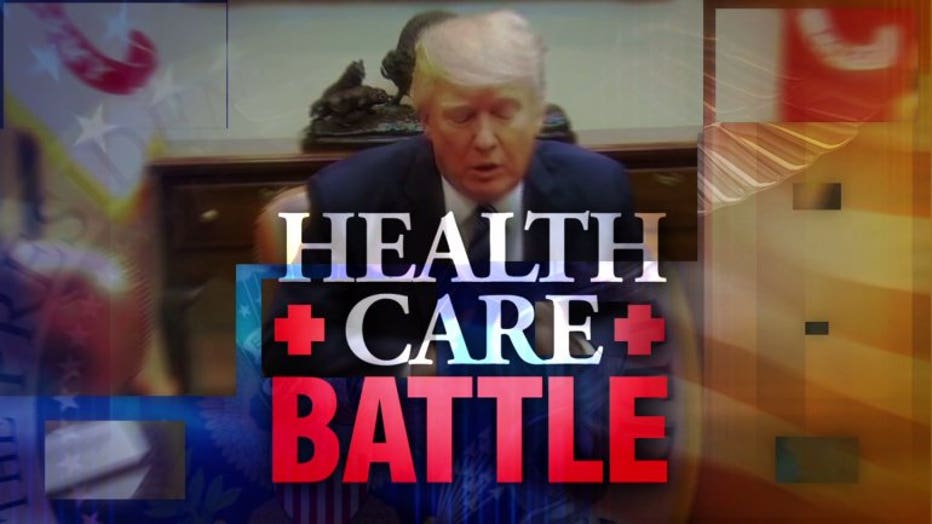
Health care battle
Paris accord and NATO alliance
Thirty-four percent approve of the U.S. withdrawing from the Paris climate agreement, while 54 percent disapprove and 11 percent don’t know. Sixty-five percent of Republicans approve, 20 percent disapprove and 16 percent say they don’t know. Two percent of Democrats approve, 87 percent disapprove and 10 percent don’t know. Among independents, 34 percent approve, 58 percent disapprove and 8 percent do not have an opinion.
Fifty-seven percent say the U.S. should use military force to defend a NATO ally if Russia gets into a serious military conflict with that country. Twenty-nine percent said the U.S. should not use military force and 13 percent did not know. Sixty percent of Republicans, 54 percent of Democrats and 58 percent of independents say the U.S. should defend a NATO ally in this circumstance, while 22 percent of Republicans, 33 percent of Democrats and 31 percent of independents say the U.S. should not use force.
State issues and conditions
K-12 education, health coverage and road construction are the top priorities among respondents for increases in state spending, with 37 percent naming K-12 education as their first choice for more spending, 25 percent picking health coverage and 23 percent putting road construction and maintenance as their top priority. All other options offered receive only single-digit support, with 5 percent naming state aid to local government, 4 percent prisons and the criminal justice system and 3 percent the University of Wisconsin system. Two percent voluntarily say they do not support spending increases for any of these purposes and 1 percent say they don’t know.
When expanded to include either first or second choices for spending increases, K-12 education receives 63 percent support, health care 52 percent, road construction 42 percent, state aid to local governments 14 percent, the UW system 12 percent and prisons 9 percent.
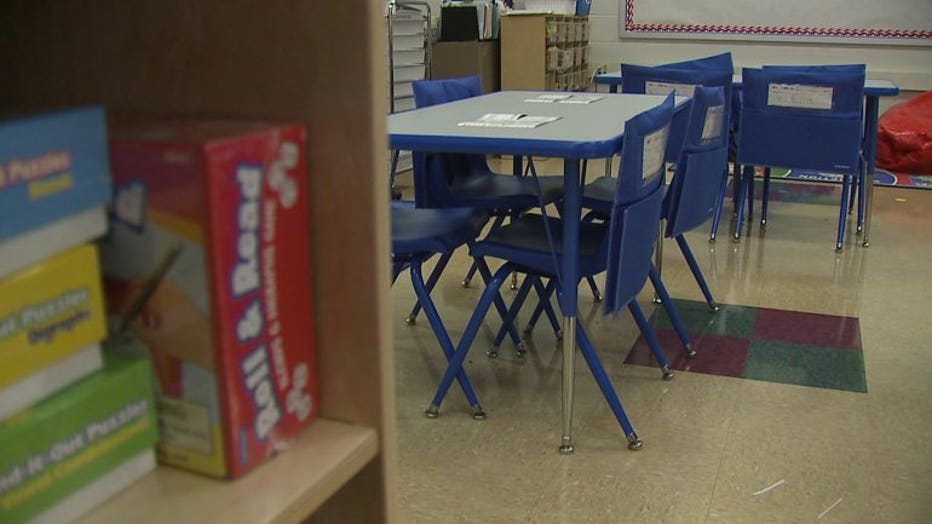
Sixty-one percent say they would be willing to pay higher taxes for their most important spending priority while 35 percent are not willing to do so. Of those who pick K-12 education as their top priority, 75 percent are willing to pay more taxes for this while 21 percent are not. Fifty-nine percent of those picking health care as the top priority are willing to pay more while 35 percent are not. Of those picking roads as the most important area for spending increases, 46 percent say they are willing to pay more while 51 percent are not willing.
With the statewide unemployment rate at 3.1 percent in the latest May report from the Bureau of Labor Statistics, voters were asked their best guess as to what that rate is. Thirty-one percent of respondents say unemployment is between 3 and 4 percent. Six percent of respondents think the rate is between 2 and 3 percent. Combined, a total of 37 percent are within approximately a percentage point of the actual unemployment rate.
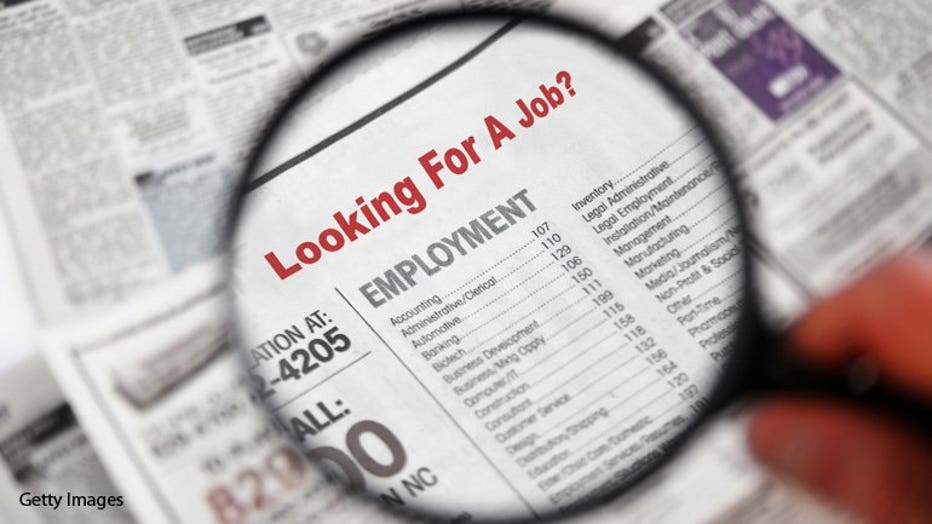
Just 2 percent of respondents think unemployment is even lower at less than 2 percent, while 24 percent of respondents think it is between 4 and 5 percent, 11 percent think it is between 5 and 6 percent and 12 percent think unemployment is more than 6 percent. Wisconsin’s seasonally adjusted unemployment rate was last at 4 percent or more in December 2016, was last at 5 percent or more in October 2014 and was last at 6 percent or higher in January of 2014. During the recession, unemployment reached its recent peak in January 2010 at 9.2 percent.
Fifty-three percent say Wisconsin is headed in the right direction, with 42 percent saying it is off on the wrong track. When last asked in March, 49 percent said right direction and 47 percent said the wrong track.
Thirty-one percent of respondents say the state budget is in better shape than a few years ago, 30 percent say it is about the same and 31 percent say it is in worse shape, with 8 percent saying they don’t know. Earlier in this year’s legislative budget deliberation, perceptions were similar, with 29 percent saying the budget was better, 28 percent saying about the same and 33 percent saying it was in worse shape, while 9 percent didn’t know.
Internet use and access
Eighty-four percent of respondents say they use the internet or email, with 16 percent saying they do not. Internet or email use is most common in suburban areas, where 90 percent say they use the internet and 10 percent don’t. Urban and rural areas have similar rates of use with 82 percent in rural areas and 80 percent in urban areas saying they go online. Income is associated with internet usage, with 75 percent of those earning less than $40,000 per year using the internet, compared to 83 percent of those earning between $40,000 and $75,000 and 95 percent of those earning over $75,000.

Statewide, 78 percent of respondents say they or someone else in their household connect to the internet via high speed connections through DSL, cable TV modem or Wi-Fi. Six percent connect via cell phone and 1 percent use dial-up connections, with 12 percent saying no one in the household connects to the internet from home. High-speed connection is most common in suburban communities, where 86 percent say their household has a high-speed connection. Seventy-five percent of urban residents and 73 percent of rural residents say they have high-speed connections at home. Only 7 percent of suburban residents say they lack any kind of internet connection from home, compared to 13 percent of urban residents and 18 percent of rural residents.
Which level of government do you trust?
Trust in the federal “government in Washington” has steadily declined in national surveys since the 1960s. Wisconsin reflects the current low levels of trust of the national government, with 3 percent saying they trust the “government in Washington to do what is right” just about all the time, 19 percent trust it most of the time, 66 percent only some of the time and 10 percent allow that they never trust it.
When the focus shifts closer to home, trust rises. Asked about “the state government in Wisconsin,” 6 percent trust it all the time, 41 percent most of the time, 48 percent only some of the time and 4 percent respond that they never trust the state government.
Local city and town governments receive the highest level of confidence, with 14 percent trusting it all the time, 50 percent most of the time, 30 percent only some of the time and 4 percent none of the time.
Knowledge of congressional majorities
The 2016 elections restored single-party control of the presidency and both houses of Congress for the first time since the 2010 election. Asked if they happen to know which party has more members, 84 percent correctly say the House of Representatives has a Republican majority, 5 percent think Democrats control the House and 11 percent say they don’t know. For the Senate, 85 percent correctly identify Republican control, 6 percent incorrectly think Democrats hold the majority and 9 percent say they don’t know.
When these two questions are combined, 77 percent correctly identify Republican control of both houses, while 23 percent make at least one mistake or say they don’t know. This knowledge of control of the Congress is strongly related to how closely the respondent says he or she follows politics. Eighty-four percent of those following politics most of the time correctly identify Republican control of Congress, as do 66 percent of those who follow some of the time and 61 percent of those following either only now and then or hardly at all.
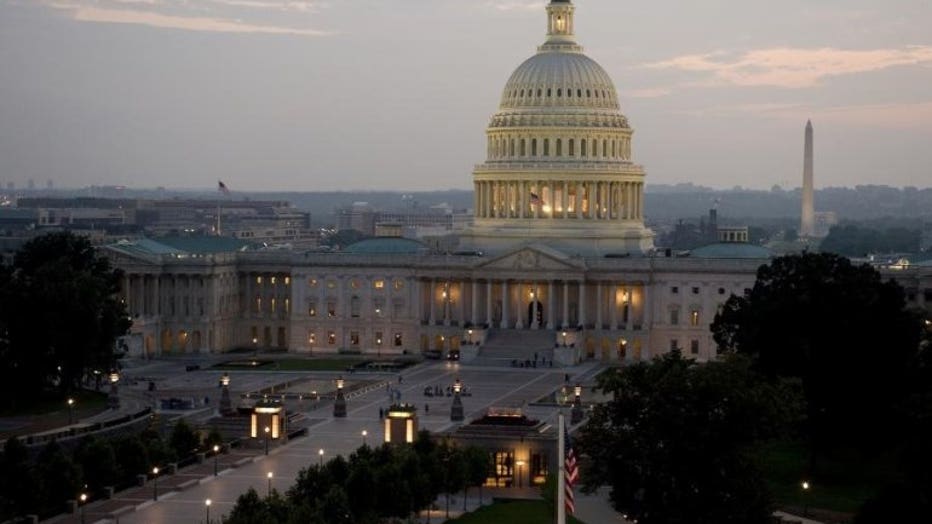
Congressional Republicans have privately proposed a funding bill that does not include money for the border wall, a Congressional source told CNN, a sign congressional Republicans are willing to buck the President to avoid a government shutdown.
Seventy-nine percent of both Democrats and Republicans correctly perceive Republican congressional control, and a similar 80 percent of independents who lean to both the Democrats and Republicans hold correct perceptions. Among those independents who do not lean toward either party, 60 percent know which party controls Congress while 40 percent fail to recognize Republican control of both houses of Congress.
Voters are equally likely to say that Democratic opposition is preventing Trump from getting things done regardless of their knowledge of party control. Overall, 43 percent of both those who are aware of Republican control and those who are not aware say Democratic opposition blocks Trump’s initiatives. Knowledge of control, however, is reflected in the percentage who think division among Republicans is the primary reason for delay in Trump initiatives, with 27 percent of those unaware of Republican control citing internal divisions, compared to 42 percent among those aware of GOP control of Congress. Twenty-two percent of those unaware of party control say they don’t know why proposals face troubles while 10 percent of those aware of party control say they don’t know.
Perceptions of President Trump
There has been little shift in perception of President Trump since the March poll. Thirty-four percent of respondents say President Trump shows good judgment while 61 percent say he does not, nearly the same as in March, when 33 percent said he showed good judgment and 62 percent said he didn’t.
Forty percent of registered voters say the phrase “cares about people like me” describes President Trump while 55 percent say it does not describe him, exactly the same percentages as in the March poll.
Thirty-five percent say “honest” describes President Trump, with 59 percent saying this does not describe him. That question was last asked in an October 26-31, 2016 poll, when 35 percent said honest described him and 61 percent said it did not.
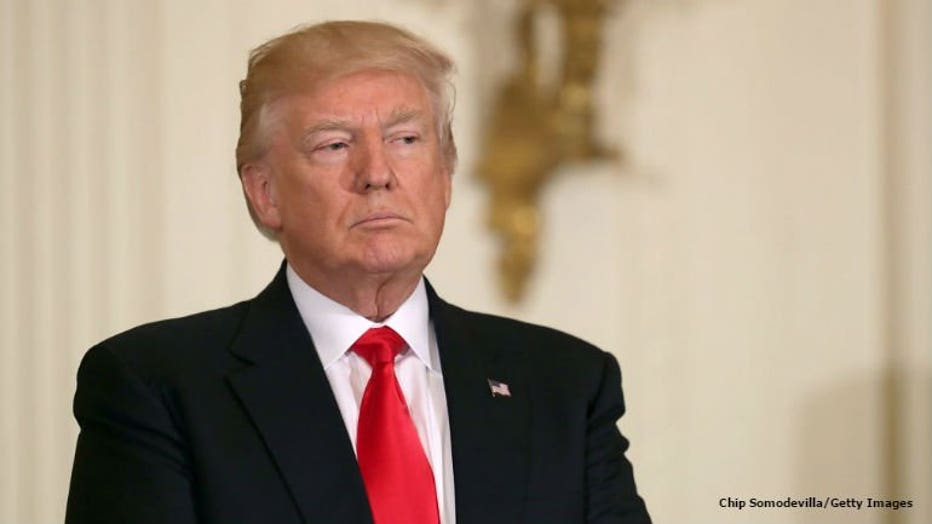
WASHINGTON, DC - MAY 12: U.S. President Donald Trump hosts an event for military mothers on National Military Spouse Appreciation Day with is wife, first lady Melania Trump, in the East Room of the White Hosue May 12, 2017 in Washington, DC. The U.S.
Evaluation of Wisconsin officials
Wisconsin Gov. Scott Walker receives a 48 percent approval and 48 percent disapproval rating in this poll. In March, his approval rating was 45 percent with 48 percent disapproving. This is the first Marquette poll since October 2014 in which Walker’s disapproval was not higher than his approval.
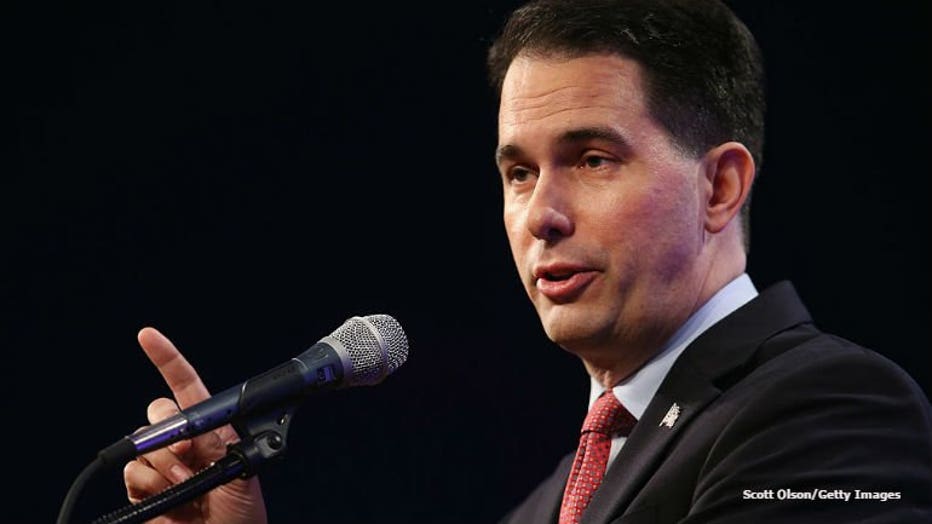
DES MOINES, IA - MAY 16: Wisconsin Governor Scott Walker speaks to guests gathered for the Republican Party of Iowa's Lincoln Dinner at the Iowa Events Center on May 16, 2015 in Des Moines, Iowa. The event sponsored by the Republican Party of Iowa ga
Wisconsin Sen. Ron Johnson is viewed favorably by 39 percent of respondents, with 32 percent holding an unfavorable view of him. Twenty-nine percent say they don’t know enough to have an opinion or they don’t know. In March, 39 percent had a favorable view, 34 percent were unfavorable and 26 percent lacked an opinion.
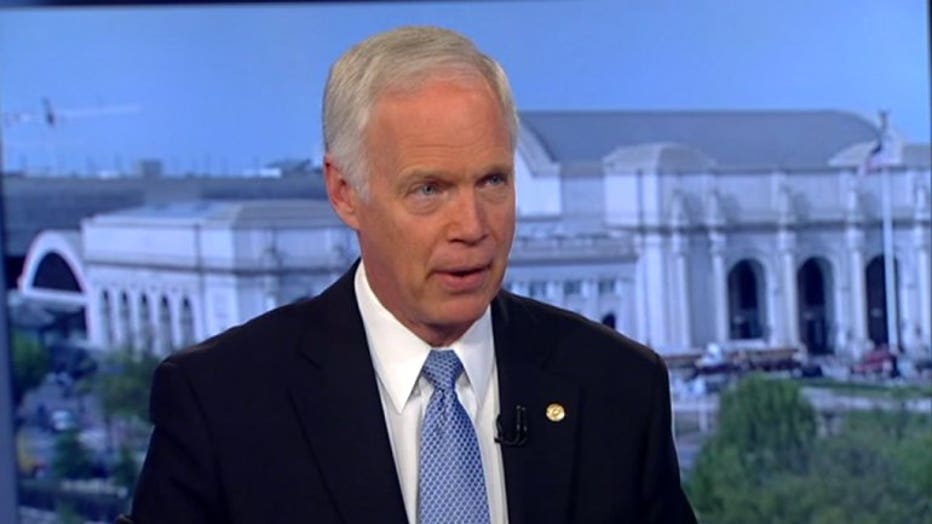
Senator Ron Johnson
Wisconsin Sen. Tammy Baldwin is viewed favorably by 38 percent and unfavorably by 38 percent, with 23 percent lacking an opinion. In March, Baldwin was seen favorably by 40 percent and unfavorably by 35 percent, with 24 percent not giving an opinion.
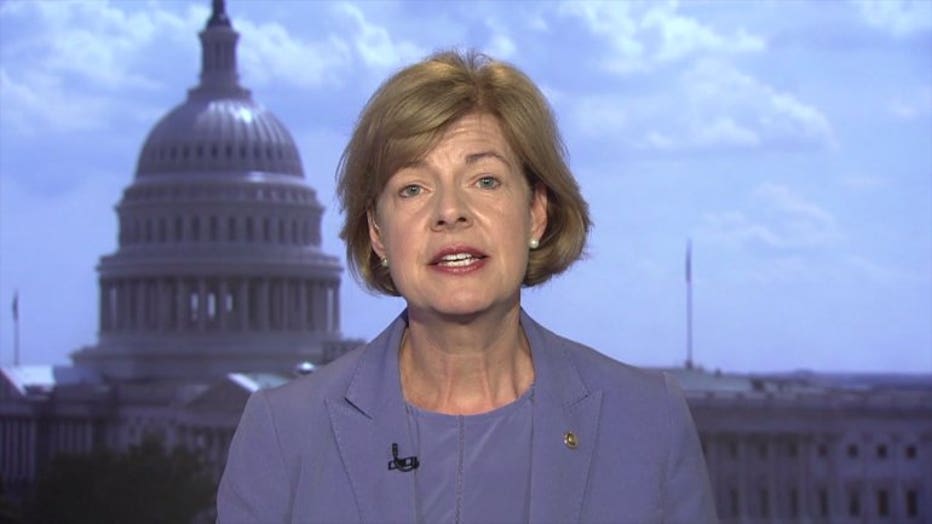
Tammy Baldwin
Speaker Paul Ryan holds a 44 percent favorable to 44 percent unfavorable rating, with 12 percent unable to rate him. In October, 45 percent were favorable, 38 percent unfavorable and 17 percent gave no opinion.
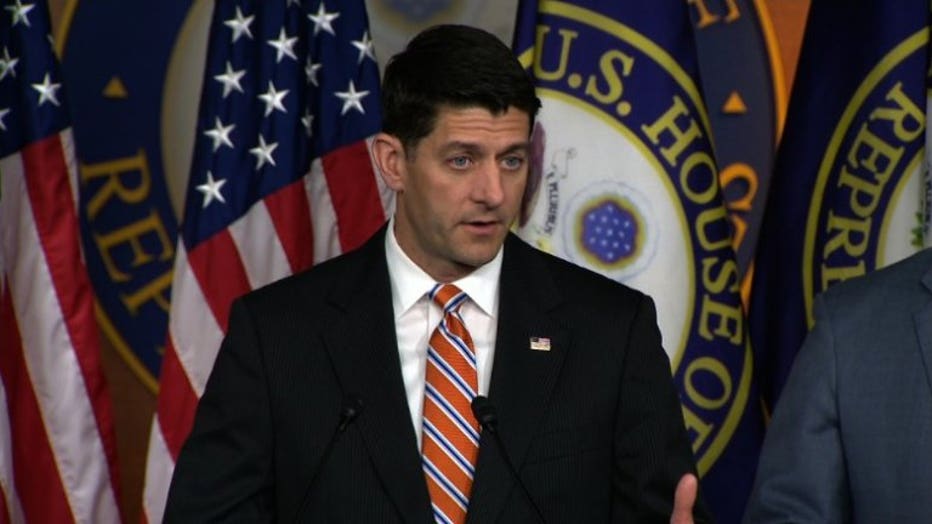
This latest poll was conducted from June 22 - 25. The sample includes 800 registered voters who were interviewed by land line and cell phone. The margin of error for the full sample is posted as +/- 4.5 percentage points.

